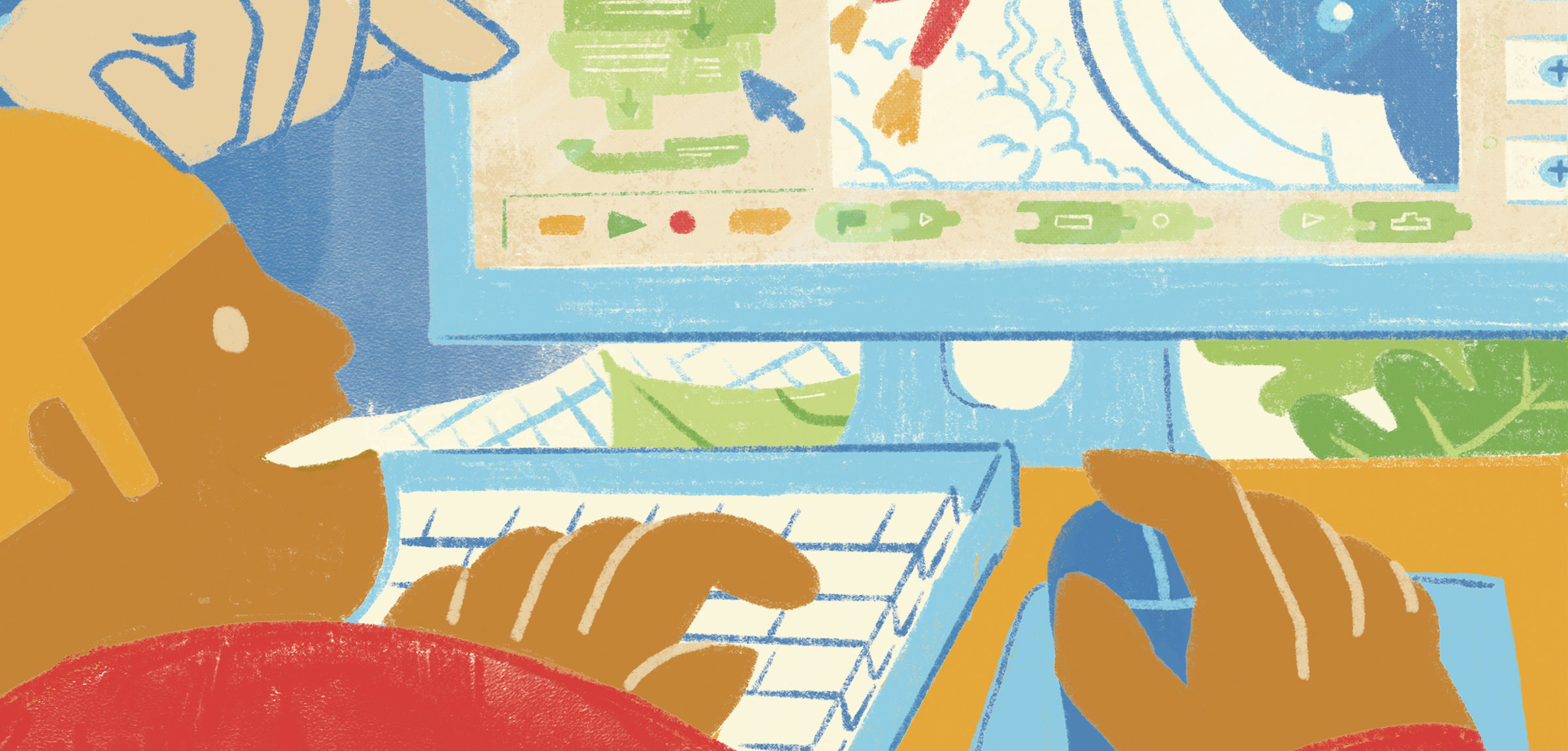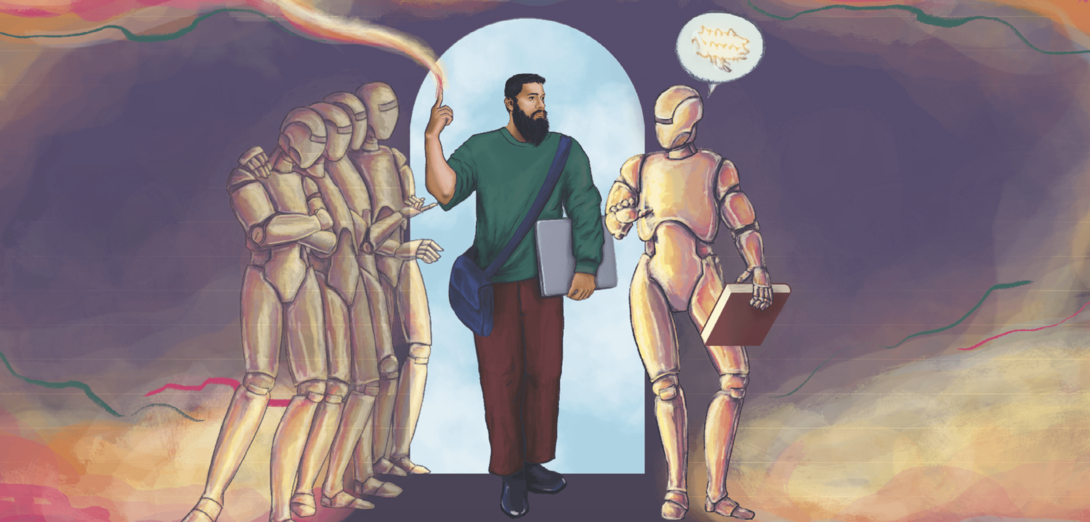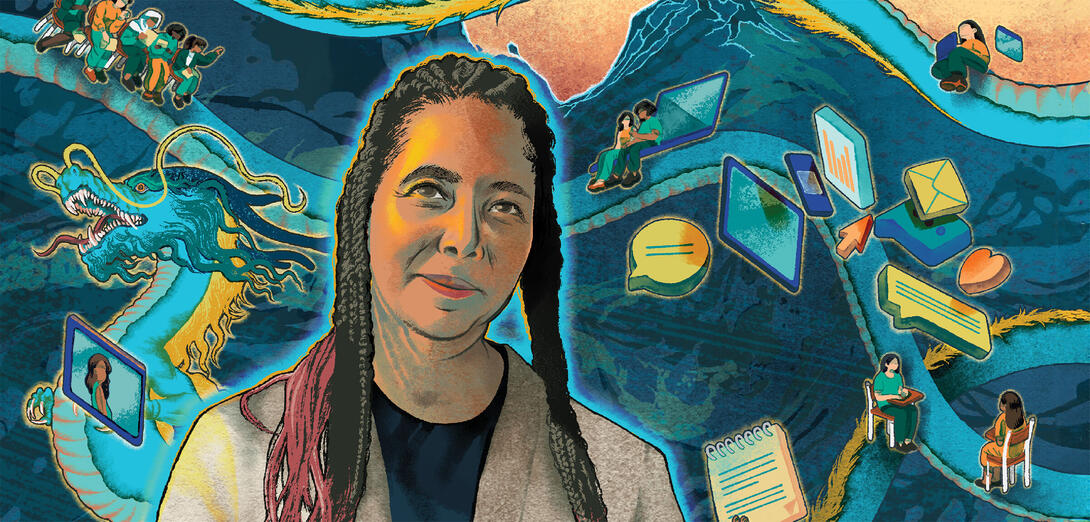Coding in the classroom has been a buzzy topic for several years, but is it still relevant? Darren Maltais, a technology integration facilitator and member of the Education Technology Council of the ATA, shares his insight on the use of coding in a K–12 context.
Can you update teachers on where coding appears in the new curriculum?
Coding is just one component of the new science curriculum. It’s now found in the kindergarten-Grade 6 curriculum in the organizing idea of “computer science.” Computational thinking, which is a logical step-by-step solution to problems, is a major part of what we hope to teach in computer science. There’s also a design-thinking component.
With computers and/or AI able to do a lot of coding, how relevant is it for students to learn to code?
Just like we’re not going to stop teaching writing because we have generative AI, the same is true of coding. We don’t necessarily teach narrative writing so that every student will become a writer, or math skills so they become mathematicians. It’s the thinking behind those skills that is more important. The problem-solving skills and creativity involved in coding and computational thinking are applicable to many occupations, especially teaching!
How can teachers use coding for curricular outcomes other than those found in career and technology areas?
In addition to the problem-solving skills we’re teaching in computer science, another fun and engaging aspect of coding is using it to create cross-curricular projects for other science topics. Grade 1 students can code robots to learn about energy; Grade 2 students can code in ScratchJr or with Micro:bit to learn about sound and light; Grade 5 and 6 students can code projects related to renewable energy sources with climate action kits. There are so many possibilities.
Teachers are already masters at computational thinking: breaking a problem down into parts, finding patterns and applying those solutions to new problems they encounter. It’s also already a component of many of our lessons in every subject area, but we might not call it computational thinking — it may look like story analysis or math word problems.
How can a student’s experience with coding progress through their K–12 years?
In elementary and into junior high, we’re mainly focusing on block coding, which is a way to create programs by dragging and dropping visual blocks of code together. This can be done in a variety of platforms, then we can transition into learning about line coding with languages like Python that high school courses may focus on.
Recommended resource
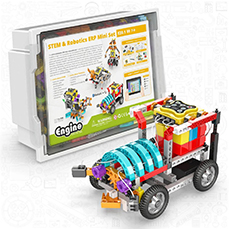
STEM & Robotics ERP Mini Set
Designed for students aged 7 to 9, this robotics kit can make 40 different models of robots and comes with digital access to lesson plans.
Available through the ATA library.
Recommended coding platforms
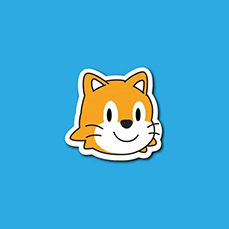
K–2

Grades 2–9
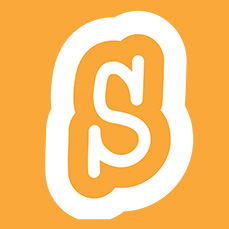
Grades 3–8
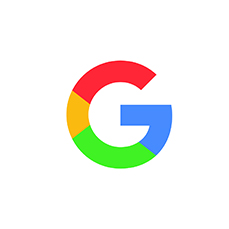
Five Instagram accounts that are must-follows for teachers:
@etc.ata
@isteconnects
@aac.ab.ca
@the.unteachables
@tcea_org
